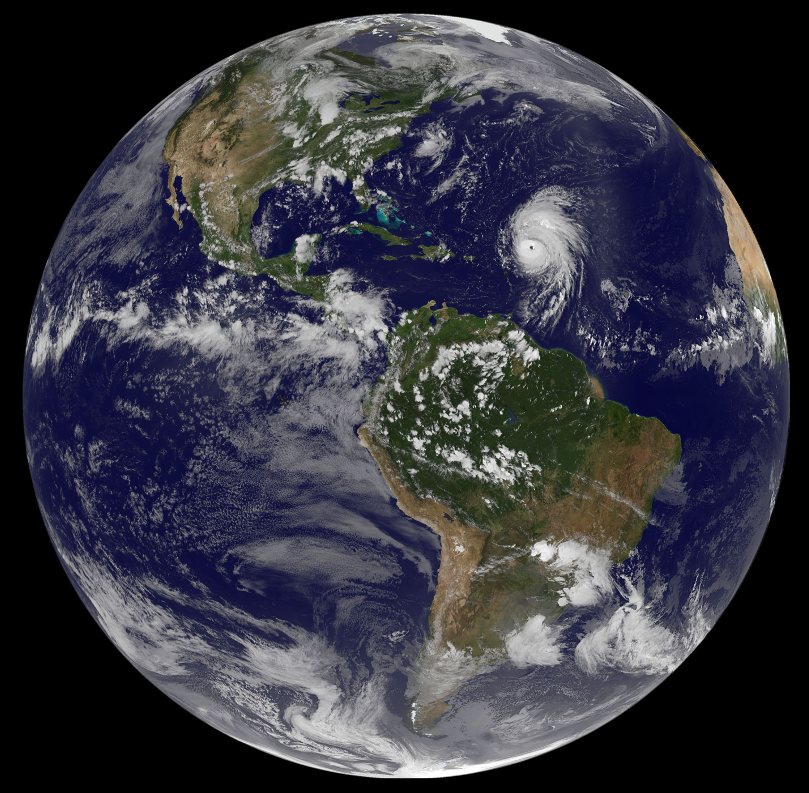
Viewing Anthropogenic Change Through an AI Lens
This event has passed. View the seminar recording here: Prof. Elizabeth Barnes Dept. of Atmospheric Science Colorado State University Monday January 31, 2022, 2 PM

This event has passed. View the seminar recording here: Prof. Elizabeth Barnes Dept. of Atmospheric Science Colorado State University Monday January 31, 2022, 2 PM

NOAA Center for Satellite Applications and Research (STAR) scientists are exploring new capabilities of enhancing satellite images with artificial intelligence (AI) so that moderate resolution images could be enhanced to include more detailed features with high resolution.

ESSIC/CISESS scientists Soni Yatheendradas and Sujay Kumar are co-authors on a paper in Journal of Hydrometeorology titled, “A novel Machine Learning-based gap-filling of fine-resolution remotely sensed snow cover fraction data by combining downscaling and regression”.

Last month, researchers from the NASA Goddard Space Flight Center (GSFC) and the University of Maryland (UMD) Earth System Science Interdisciplinary Center (ESSIC) gathered to explore the challenges and opportunities in applying machine learning and artificial intelligence in Earth systems science.

ESSIC/CISESS scientists Huan Meng and Yongzhen Fan have recently developed a new machine learning snowfall detection (SD) algorithm, based on eXtreme Gradient Boosting (XGB). The algorithm was developed for the Advanced Technology Microwave Sounder (ATMS) onboard NPP and NOAA-20 as well as the MHS/AMSU-A onboard Metop-A, Metop-B, Metop-C and NOAA-19.

To embrace the rapidly evolving field of AI/ML, ESSIC launches the ESSIC AI Forum and a one-day workshop: “On the Pathway to a Digital Earth”.